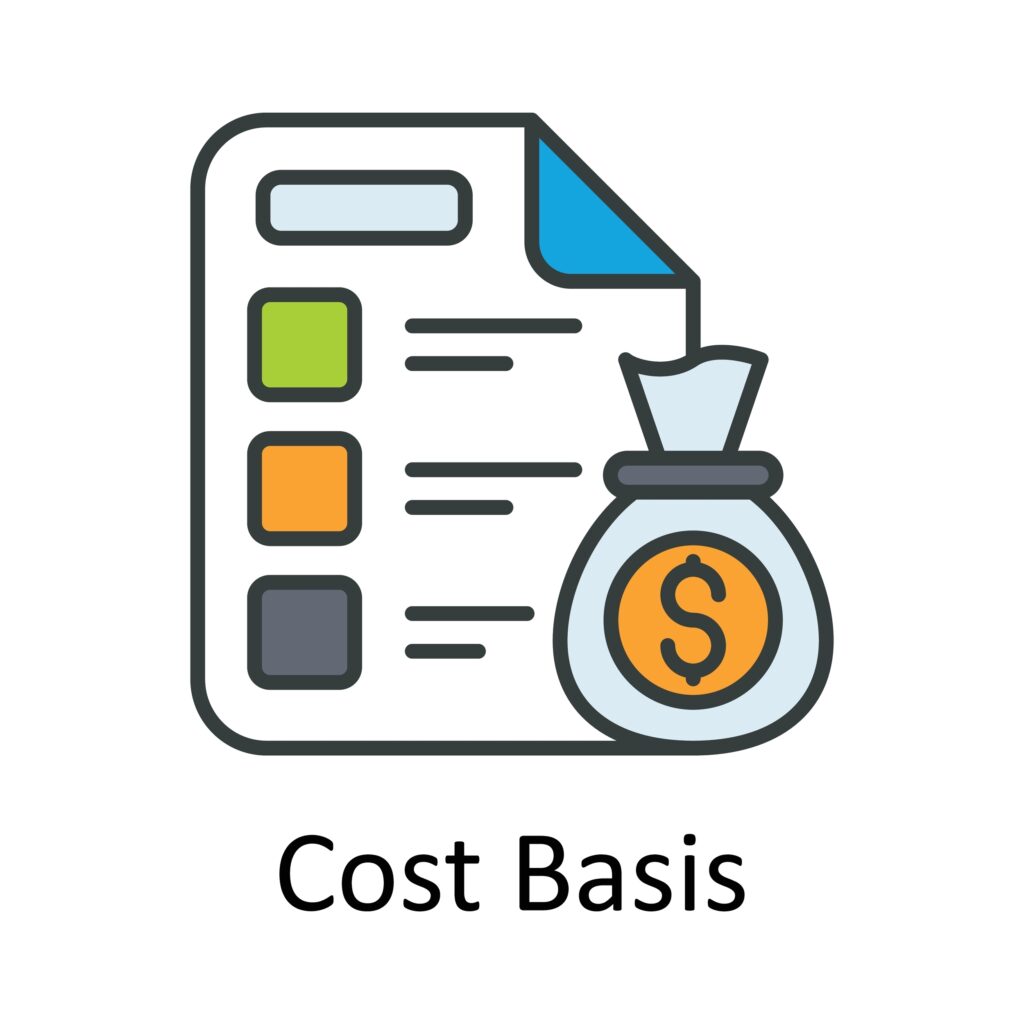6 Best Practices for Using Crypto Tax Tools
Crypto taxes may not be as fun to talk about as some of the other exciting bits of crypto, like skyrocketing prices, controversies, and innovations, but it’s necessary, especially when it comes to accurate tax reporting. The last thing you want is an audit or a penalty. So, what’s the solution? – Crypto tax tools.
Crypto tax software is designed to streamline the tax reporting process. However, in this guide, we will discuss 6 best practices for using crypto tax tools that will further maximize your efficiency and accuracy.
1. Selecting the Right Crypto Tax Tool
Start by researching and evaluating different crypto tax tools.
Look for solutions that offer a user-friendly interface that is easy to learn and navigate. Features like automated data import, tax optimization, and real-time syncing with popular exchanges and wallets can make your life much easier.
Of course, pricing and plans are also key factors to consider. Most software options offer a free plan, which is mostly not very useful for active traders and investors, and tiered pricing based on your transaction volume. So, choose an option that aligns with your needs and budget.
Remember, not all taxpayers have the same requirements. If you have specific needs, such as handling complex crypto investment strategies or dealing with unique tax situations like staking or airdrops, make sure the software you choose supports these features.
Selecting the right crypto tax software is a crucial first step in streamlining your tax reporting process and saving yourself from unnecessary headaches. Take the time required to evaluate and choose the option that best suits your needs. Check out our list of best crypto tax software to explore and compare your options.
2. Organizing and Importing Data
Collecting and organizing transaction data by hand is undoubtedly the most time-consuming and excruciating task when reporting crypto taxes. While crypto tax tools can automate this process, there are still ways to further optimize these tools for efficiency and accuracy.
Firstly, rather than manually importing data through CSV files, opt for a crypto tax tool that offers direct integration with popular exchanges and wallets. For example, Bitcoin.Tax is a great option that allows users to import trades directly from well-known platforms like Coinbase, Binance, Gemini, and Kraken, among others.
By directly connecting your accounts with the tool, you ensure that the data imported is accurate and up-to-date. This way, you can seamlessly import your trades without the hassle of manual entry.
Secondly, remember that your final tax calculations and tax reports created by crypto tax software will be as accurate as the data you feed it. So, always take the time to review and reconcile the imported data, looking for any discrepancies or missing transactions, as it’s one of the most common crypto tax tool problems people face.
Lastly, although most crypto tax tools automate the process for you, it’s still crucial for you to keep backups of your tax reports and supporting documentation. Doing this can prove immensely valuable for future reference and potential crypto audits.
3. Utilize Features that Help with Cost Basis Calculations

The process of manually calculating cost basis, factoring in various costs and fees, and navigating through complex accounting methods, especially when it comes to transactions like receiving crypto gifts, can become overwhelmingly difficult.
That is where crypto tax tools come into the picture. By utilizing a tool like Bitcoin.Tax, you can simplify the process and choose from various accounting methods like average cost basis, FIFO, LIFO, High-cost, HIFO, specific lot Identification (SLID), etc.
Unlike manual calculations, where you may be limited to changing your accounting method only once every five years, crypto tax software allows you to change it as often as you want. This flexibility lets you adapt to changing circumstances and maximize tax savings.
4. Regularly Sync your Accounts
While most software will automatically update and sync your accounts at regular intervals, it’s still important for you to take an active role and make it a habit to update and sync your accounts manually.
Why is this necessary?
Sometimes, we open new wallets or exchange accounts and forget to connect or integrate them with the software. By manually updating and syncing all your accounts, you can ensure that all your trades, transfers, and transactions are accounted for, providing a comprehensive overview of your crypto activities.
This will help you avoid any surprises or discrepancies in your final calculations when filing your taxes.
5. Maximizing Deductions

Maximizing deductions is an essential component of any tax-saving strategy. But how does a crypto tax calculator help in that process?
You pay transaction fees whenever you buy, sell, swap, or transfer crypto. These fees can add up over time, allowing you to deduct a significant sum from your total taxable income.
By using crypto tax software, you can effortlessly identify and track these fees, eliminating the need for laborious manual work. Instead of spending hours meticulously reviewing transaction details, the software streamlines the process, saving you valuable time and ensuring accurate calculations.
Crypto donations, or charitable contributions made in the form of cryptocurrencies, may also qualify for deductions depending on your country’s tax regulations. These tools can assist in accurately calculating the value of these donations and streamline the process of claiming the deduction.
Refer to our comprehensive crypto tax guides for more specific insights into how crypto is taxed in your country.
And, of course, if you’ve experienced losses in your crypto investments, you can offset these losses against your capital gains, effectively reducing your overall tax liability. Advanced crypto tax tools like Bitcoin.Tax, often provides a tax loss harvesting calculator that automatically identifies digital assets in your portfolio sitting at a loss, showing you potential tax-saving opportunities.
So, utilize these features to maximize deductions and pay less tax.
6. Ensuring Accuracy in Calculations
While crypto tax software can be a valuable tool, it’s essential for users to double-check and review the calculations for any discrepancies. By taking the time to verify the output, you can identify any potential errors or inconsistencies that might have occurred during the data input or processing stages.
This is especially true when dealing with complex crypto transactions, such as staking, airdrops, NFT sales, and more, where the underlying mechanisms of these transactions can vary significantly, resulting in different tax implications. Therefore, you must carefully review the software-generated reports to account for all the nuances and intricacies of these transactions.
And if you’re still not sure, consult a tax professional.
Final Thoughts
To wrap things up, remember that crypto tax tools are fantastic assistants but are not a substitute for real crypto CPAs or accountants. They’re just tools in your arsenal. The key lies in how you use them.
By incorporating these best practices for using crypto tax software, you can skyrocket your efficiency and accuracy in calculating gains, losses, and taxes.
Lastly, let us know what tricks and hacks you use to level up your crypto tax game on our subreddit.